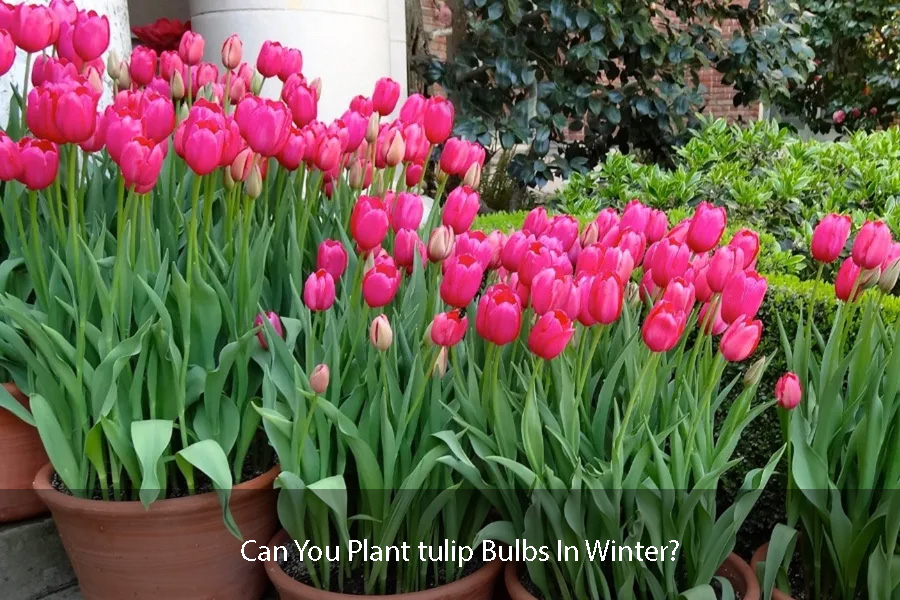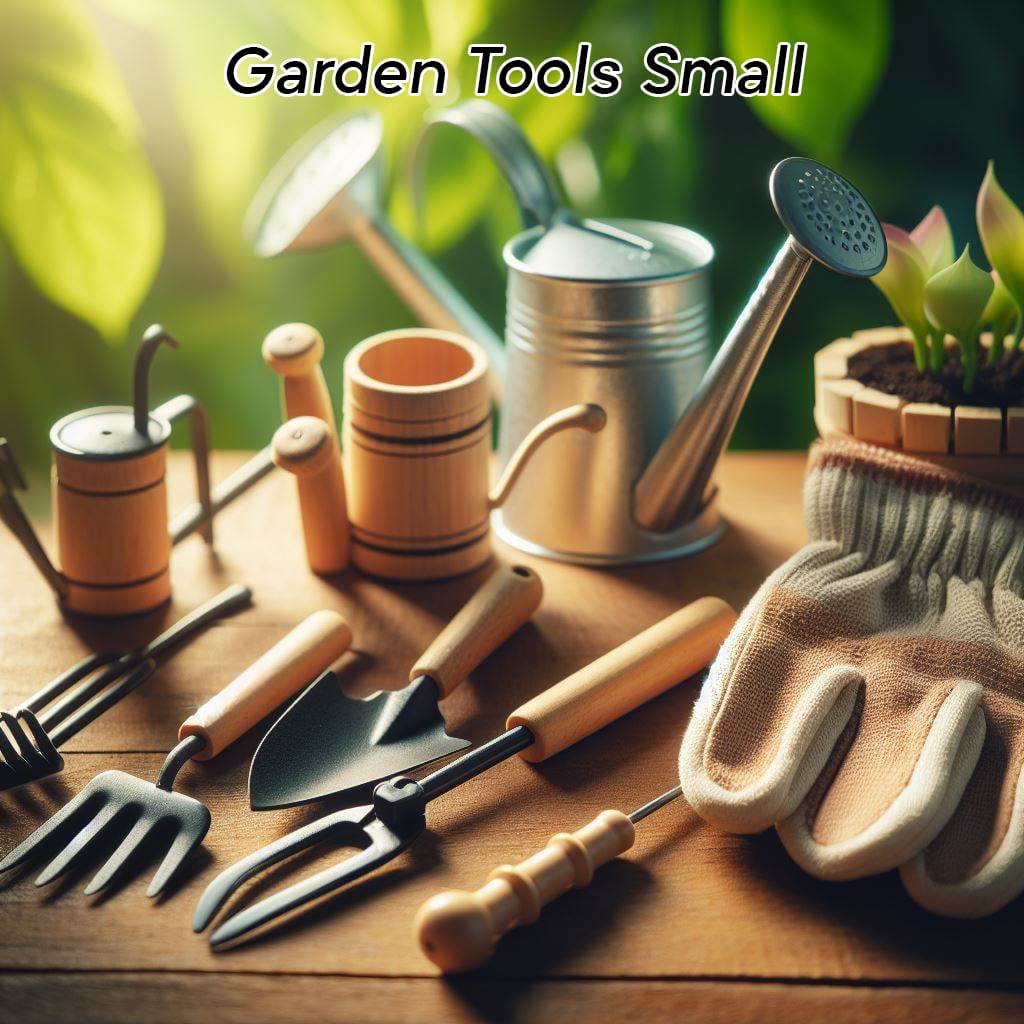Can You Plant tulip Bulbs In Winter?
To know, can tulip bulbs be planted in winter or not? Read this article to the end. Also, we at “Apartmentflowers” have told you all the tips you need to know about planting tulips. So stay with us. Generally, flowering bulbs bloom throughout the fall and winter, and some plants are still suitable for planting in the garden in late November and early December. If it is too late to plant outside, indoor bulbs can be planted and planted in the garden after flowering.
Tips to follow for Plant tulip Bulbs in winter

Plant Bulbs Before the Ground Freezes
You can plant bulbs outdoors in the winter until the ground freezes. Ideally, you want to get them a few weeks before the ground freezes, as they will be actively rooting. Although bulbs can be planted in winter if the ground is not frozen, it is better to plant spring bulbs in autumn when the weather is mild. This is to allow the bulbs time to establish and root before the winter cold sets in.
Know Your Zone
This is when to plant bulbs outside by zone:
- Zone 1 (below -50° F): Early September
- Zone 2 (-50 to -40° F): Early September
- Zone 3 (-40 to -30° F): Mid-September
- Zone 4 (-30 to -20° F): Late September to early October
- Zone 5 (-20 to -10° F): Late September to early October
- Zone 6 (-10 to 0° F): Mid-October
- Zone 7 (0 to 10° F): Early November
- Zone 8 (10 to 20° F): Early November
- Zone 9 (20 to 30° F): Early December
- Zone 10 (30 to 40° F): Mid-December
- Zone 11 (Above 40° F): Late December
Force Bulbs Indoors During Winter
Which Bulbs to Grow Indoors
Many bulbs can be forced indoors, but some work better than others. In general, smaller bulbs work best because they don’t get too tall and won’t fall over. Personally, I like miniature daffodils and shorter varieties of tulips. Tulips can grow up to 2 and may topple and uproot themselves. Some of the other plants that should be considered include: hyacinth, crocus, mescari, silla, dwarf iris, anemone and other small species.
Plant Bulbs Close Together
It is best to plant bulbs in a 6-inch pot with six tulip bulbs, three hyacinths, or six daffodils close together. Use a clean clay or plastic pot with drainage holes and follow these steps when starting indoors:
- Fill the pot about 1/3 of the way full with well-draining potting mix.
- Place the bulbs in the soil with the pointed sides up, making sure to plant each bulb close together.
- Cover small bulbs with a 1/2-inch of soil and larger bulbs up to their tips.
- Water the bulbs well.
Give Bulbs a Cold Period
Spring flowering bulbs need a cold and wet period to develop. To do this, put the pots outside and insulate with leaves or mulch. Protect them from rodents by covering them with chicken wire. Indoors, cool the bulbs in a cool place like a basement or refrigerator, not near the fruit, as the ethylene they give off disrupts the process.
Check on Bulbs During the Cold Period
While your bulbs are chilling, check the soil moisture every few weeks. At the end of the cold period, check to see if the bulbs are rooted. “It’s a better indicator that they will bloom than the buds.”
Bring Bulbs Inside After the Cold Period
After the bulbs have cooled, place them in a cool, sunny place at home. They flower two to four weeks after emerging from the cold and have a shorter indoor flowering period. After flowering, try planting smaller bulbs outside.

Planting Tulip Bulbs in Winter
It is recommended to plant tulips in winter by clearing the snow and loosening the soil if possible and choosing an area with organic matter. If the ground is frozen, sprinkle onion fertilizer sparingly and over a wider area. Place the bulbs on the soil, without pressing them down, to avoid damaging the base of the bulb. Cover with 2 to 4 inches of old mulch or finished compost and renew it often.
If the ground is too frozen to dig, plant bulbs in pots in a cool, unheated area with temperatures between 38°F and 50°F (3°C and 10°C). Water and keep the soil moist but never soggy. After 8 weeks or so, bring a few pots indoors or move them outside as soon as spring starts to warm.
Tip: If you see the bulbs come up early in winter, don’t worry, because spring bulbs are made to survive cold weather and snow. Small bulbs like snowdrops and crocuses will bloom in the snow, and even hard frosts may affect buds or leaf tips, but bulbs should still flower.
Conclusion
How to Plant Tulips in Winter:
- Clear away snow and loosen soil, if possible. If not, choose an area with soil full of organic matter.
- Scratch in bulb fertilizer.
- Place bulbs on top of soil.
- Cover with 2-4 inches of aged mulch or finished compost.
- Renew mulch covering often to be sure there is at least a two-inch lay











